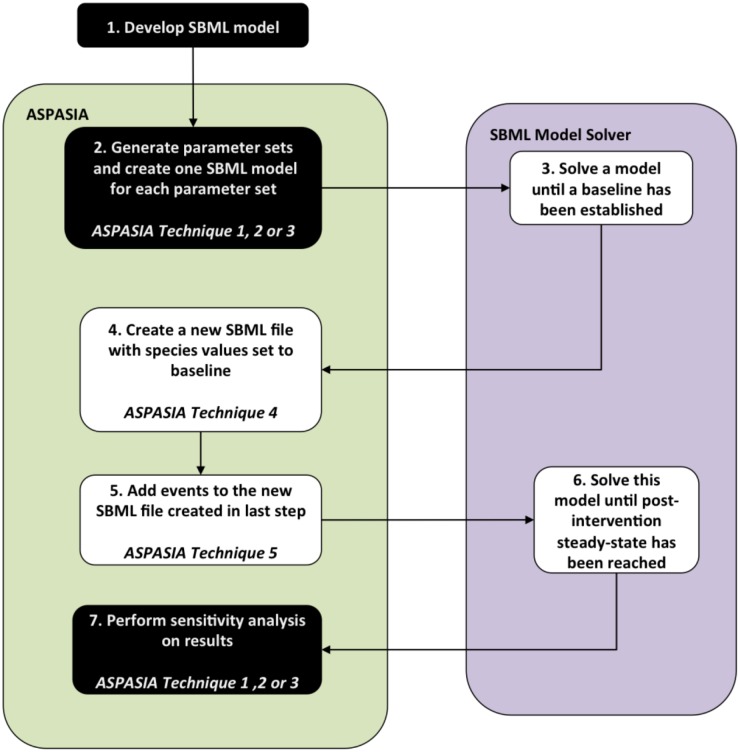Fig 1. Schematic illustration of the process of applying ASPASIA to an SBML model.
Using an initial SBML model as an input, ASPASIA generates a set of values as specified in a settings file, and new SBML files with parameters set to different values are created. Each model is then solved for sufficient time for a steady state to be reached and the resulting baseline values for all species supplied to ASPASIA. Then a new set of SBML files is created, and the same intervention, represented by a discrete alteration of a parameter or initial species concentration, added to all of them. The resulting files are then solved to steady state again and the effects of the intervention across the whole set of parameters and parameter values can be analysed. Black boxes represent processes that are performed only once, and white boxes represent processes that must be performed once for each model generated in step 3.

